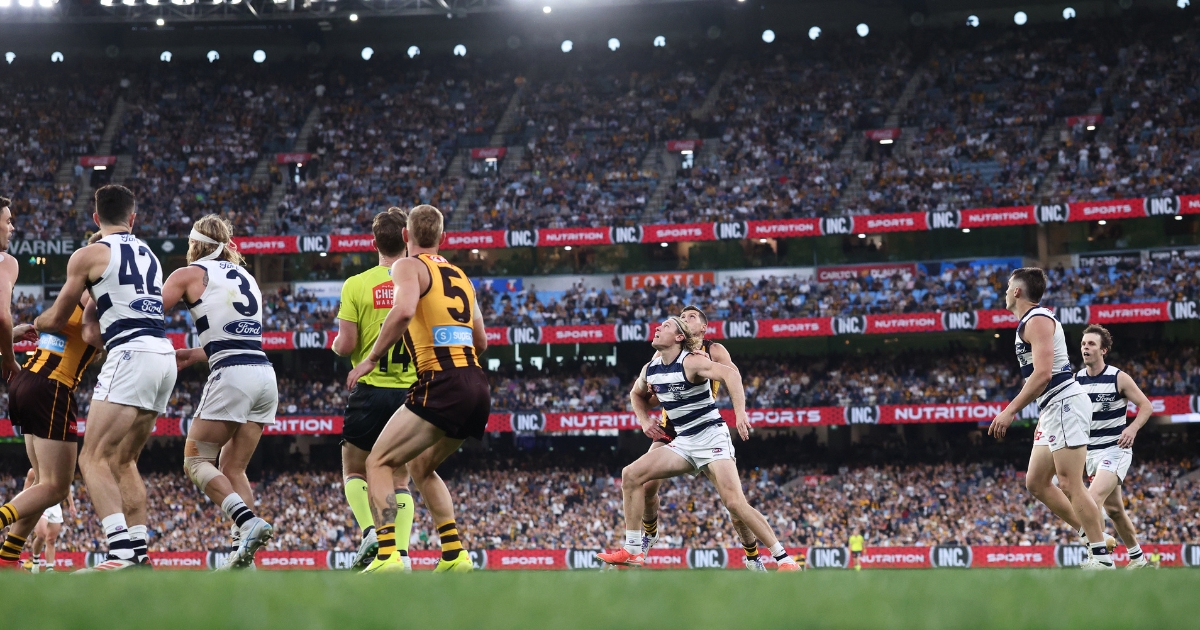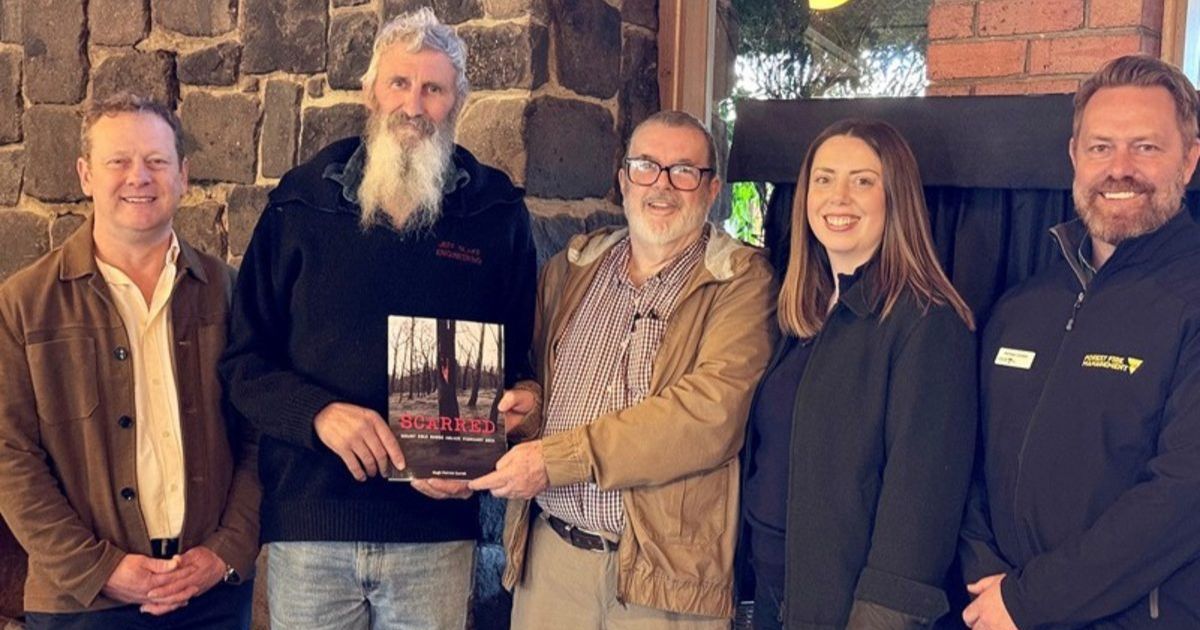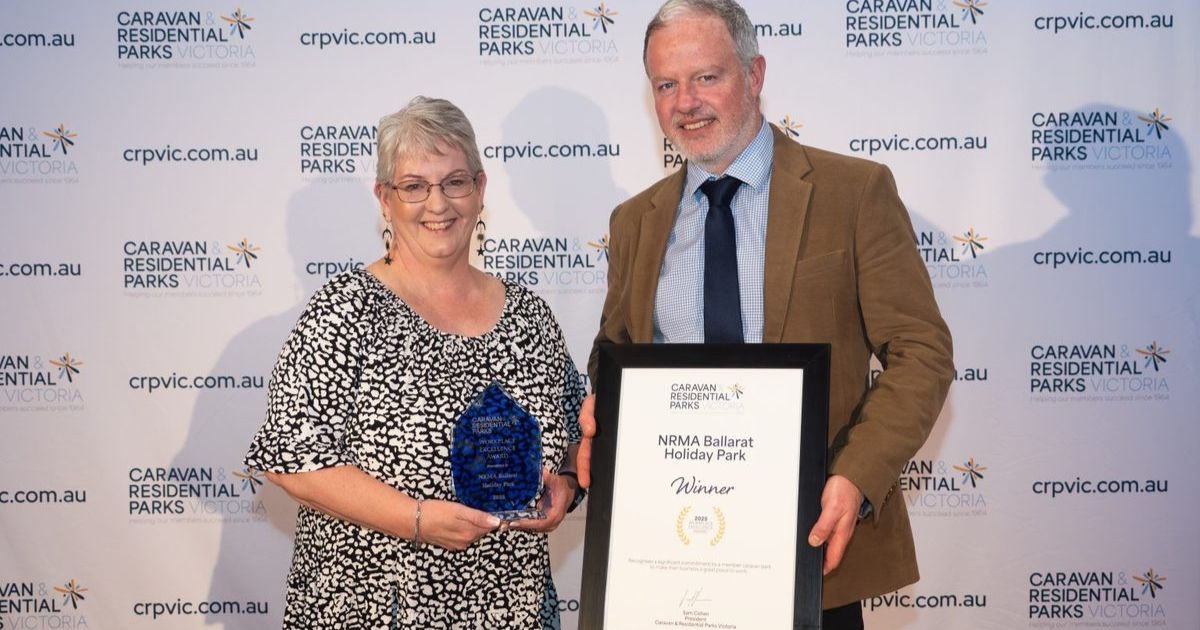WW1 Tunnellers – Anzacs one and all

Not forgotten: Martin Macklam ‘Mack’ James Kerby, from Ballarat, rests at Hersin Communal Cemetery Extension, France. Photo: SUPPLIED
BALLARAT and surrounding townships have a long history of mining, evidenced by the schools of mines found in many of them.
During World War One men who graduated from the schools with mining expertise were utilised for underground warfare.
One of those who answered the call was Martin Macklam ‘Mack’ James Kerby. Born in Ballarat, he was an engineer who enlisted at age 30. Many of the men who joined the Mining (Tunnelling) Companies were older than the average soldier and were much sought after due to their mining knowledge.
Mr Kerby for instance, studied chemistry at the Ballarat School of Mines and before enlisting he was also a member of the Ballarat East Fire Brigade where he is commemorated on their honour board.
When he arrived in France he joined the 3rd Tunnelling Company. While there he received a Distinguished Conduct Medal for conspicuous gallantry on the field. “He went into no man’s land and assisted his officer to adjust a push-pipe. The leads had been cut in several places by shell fire, and he showed the greatest courage in adjusting them.”
Sadly, Mr Kerby was killed near Loos on 28 November 1916, along with several others when a mine detonated unexpectantly. Also killed was sapper William Nightingale from Clunes, both are buried in France at Hersin Communal Cemetery Extension, France.
John Austin Anderson, also an engineer from Ballarat and an alumnus from the Ballarat School of Mines, was 33 when he enlisted. He was a Sergeant in the 2nd Tunnelling Company when he was killed in action near Armentieres, in France on the first day of the Battle of the Somme, leaving behind a wife and two children. He is buried at Cite Bonjean Military Cemetery, Armentieres, France. The bottom of his gravestone reads, “For Freedom and Civilisation”. He has also been remembered on his parent’s gravestone in the old Ballarat Cemetery.


















